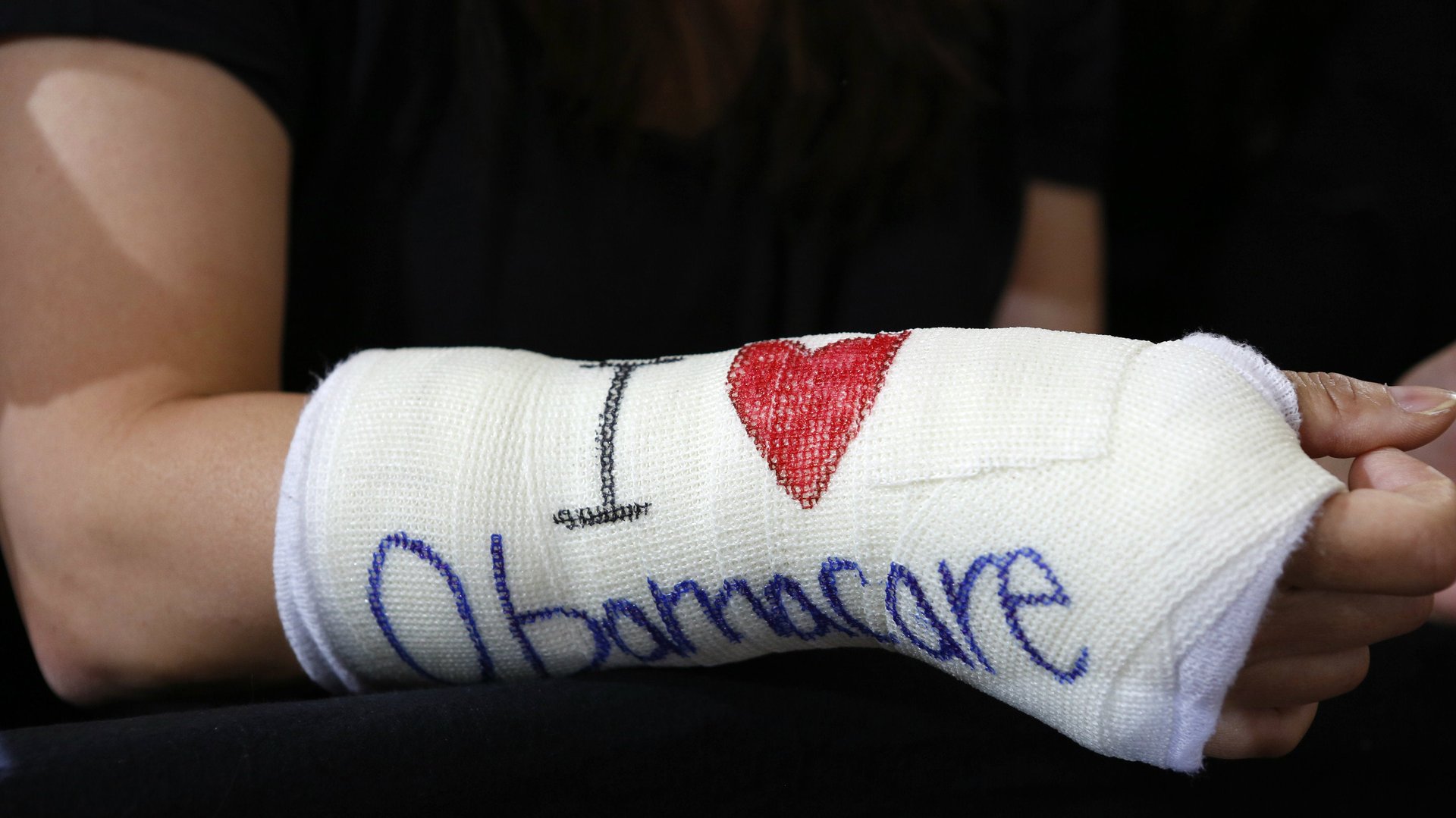What women know about Obamacare that men don’t
This post originally appeared at The Healthcare Blog.


This post originally appeared at The Healthcare Blog.
For the second year running, more women than men have signed up for coverage in health insurance marketplaces during open enrollment under the Affordable Care Act. According to the Department of Health and Human Services, enrollment ran 56% female, 44% male, during last year’s open enrollment season; preliminary data from this year shows enrollment at 55% female, 45% male–a 10% point difference.
What gives? An HHS spokeswoman says the department can’t explain most of the differential. Females make up about 51% of the US population, but there is no real evidence that, prior to ACA implementation, they were disproportionately more likely to be uninsured than men—and in fact, some evidence indicates that they were less likely to be uninsured than males.
What is clear that many women were highly motivated to obtain coverage under the health reform law—most likely because they want it, and need it.
It’s widely accepted that women tend to be highly concerned about health and health care; they use more of it than men, in part due to reproductive services, and make 80% of healthcare decisions for their families. The early evidence also suggests that women who obtained coverage during open enrollment season last year actively used it. According to Inovalon, a company that tracks and analyzes data for health plans and providers, people who used the coverage they bought through the marketplaces last year tended to be older, sicker, and more female than the general commercially insured population. As of June 2014, 41% of females who purchased coverage through exchanges had face-to-face visits with health care professionals, versus 32% of males.
Those numbers are consistent with the notion that many women who signed up for coverage under the ACA had preexisting conditions or other health issues that led them to seek treatment. In some cases, their pre-ACA insurance may have excluded those conditions, or the preexisting conditions may have prevented them from obtaining coverage at all.
What’s more, as HHS points out in a recent report (pdf), there are plenty of benefits in the ACA’s qualified health plans that are especially attractive to women. These include coverage at no out of pocket cost for many preventive measures, such as mammograms or screening for gestational diabetes. An estimated 48.5 million are benefitting from that provision of the law alone.
Other data support the notion that many US women are in disproportionately higher medical need, relative to men—even adjusting for the fact that they typically live longer. According to an analysis of Medical Expenditure Panel Survey data from the Agency for Healthcare Research and Quality, women constitute nearly 60% of people in the top tenth of medical expenditures in 2011 and 2012. Most of those in the top tenth of spending are either ages 45 to 64, or 65 and older.
One obvious conclusion is that many, and perhaps most, of those who’ve benefited from coverage under the Affordable Care Act are female—and especially women in middle age and beyond. Another is that, if the Supreme Court rules in King v. Burwell that subsidized coverage can’t be obtained through the federal marketplace, women will be disproportionately harmed.
A case in point: Rosemary Forrest, 63, who lives in Augusta, Georgia. Laid off from her job at a university science lab at age 55, she spent five years unemployed and without health insurance. She now works as a contractor to a small nonprofit agency; battling painful osteoporosis, she sometimes earns less than $400 a month. Last year, when the federal health insurance marketplace went live, she signed up for coverage. This year, she re-enrolled, and after federal tax credits, pays $86 per month in premiums.
Forrest says the subsidized coverage has been a godsend. “I am very nervous” about losing it, she adds.